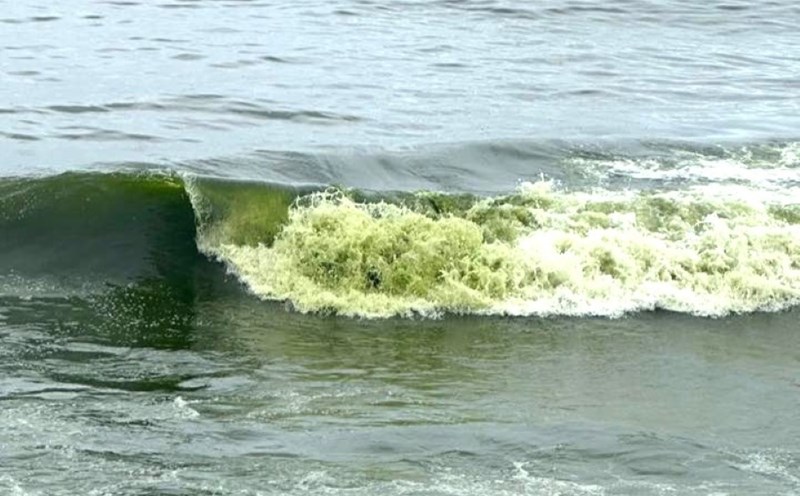Ho Chi Minh City People's Hospital 115 has just received a case of a snake bite in the restroom. The patient recounted that when he entered the restroom in the morning, as soon as he reached the toothbrush to brush, he felt a sharp pain in his big finger, pulled his hand back and saw a blue snake peeling at his head.
The patient was admitted to the hospital in a state of alertness, stable vital signs but the fingers were red, swollen, and pain spread quickly. Images recorded at the scene showed a red-tailed snake longer than half a meter. Determining that this was a wound at risk of being infected with toxin and infection, the patient received first aid, was washed off the wound, given tetanus shot and transferred to the Intensive Care - Anti-Poison Department.
Patients are given anti-starchy secretion serum from the rare drug warehouse of the Ho Chi Minh City Department of Health according to the treatment regimen of the Ministry of Health. After 7 days of active treatment, the patient recovered well and was discharged from the hospital.
The doctor of the Intensive Care and Anti-Poison Department of Ho Chi Minh City People's Hospital 115 emphasized that red-tailed rambutan contains enzymes fibrinogenase and haemorrhagin that cause blood clotting disorder and tissue destruction. Therefore, early treatment with serum is a decisive factor in saving the patient's life.
People bitten by a snake and clean the wound properly will heal quickly. People need to pay attention not to use their mouths to suck, not to drain wounds, not to apply leaves or folk remedies. Determine to wear a bandage and take it to the nearest hospital as soon as possible. If possible, take a photo of the snake so that the doctor can easily determine the type of snake. Time is a vital factor in treating snake bites, do not let unscientific methods waste the opportunity to save lives and preserve the health of patients.
Recorded in early October, in some northern wards of Ho Chi Minh City such as Phu An and Thoi Hoa, red-tailed box snake turtles appeared more and more in residential areas. In Quarter 2, Thoi Hoa Ward - where trees are in the forest and there are few residents - people said that sometimes snakehead fishes enter their homes, especially after heavy rains.
Not only in Ho Chi Minh City, in Tay Ninh, Xuyen A Tay Ninh General Hospital also recorded a high number of hospitalizations due to snake bites during the rainy season. In which, many cases were hospitalized in critical condition.
A typical example is Mr. T (59 years old, Tay Ninh) being bitten by a snake while walking across a dense fence. A few minutes later, he became dizzy, vomited, and had a stroke. The doctor diagnosed him with stage 3 anaphylactic shock due to snakehead, severe blood clotting disorder and thrombocytopenia. These are signs that can lead to cerebral hemorrhage, internal bleeding, and a high risk of death. Another case was Mr. H (38 years old, Tay Ninh), who was bitten by a red-tailed snake while passing through the grass. Thanks to being taken to the hospital in time, he received emergency care and recovered.
Doctor Nguyen Tan Phat - Head of the Intensive Care and Poison Control Department of Xuyen A Tay Ninh General Hospital - recommends that during the rainy season, venomous snake, especially red-tailed male snake, often thrive and move near residential areas. People need to be vigilant when traveling and working in areas with many trees, bushes, fields, and gardens.











